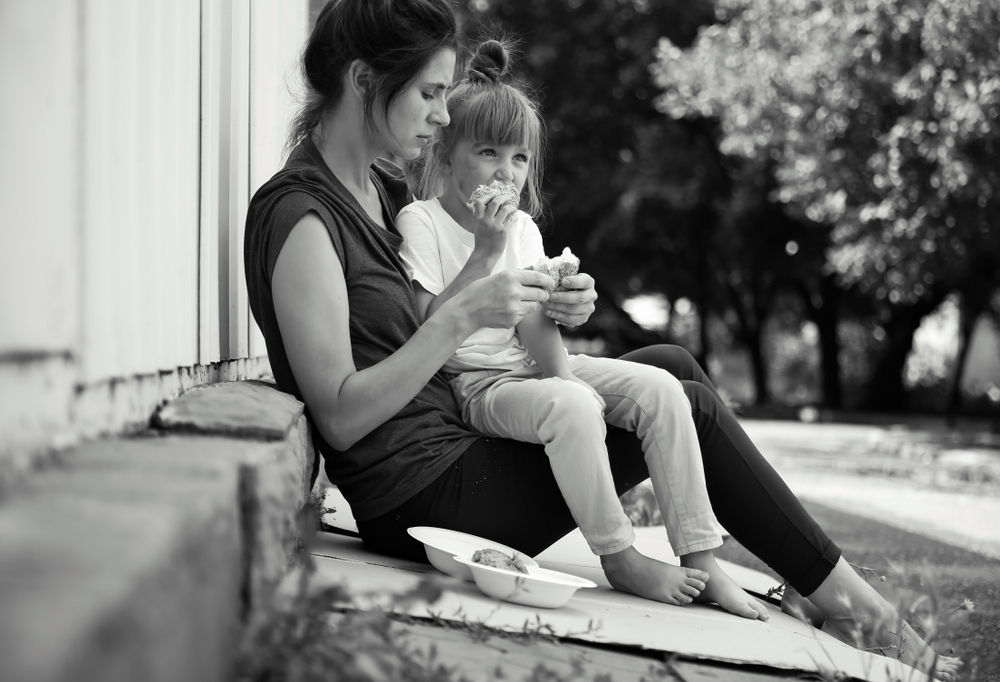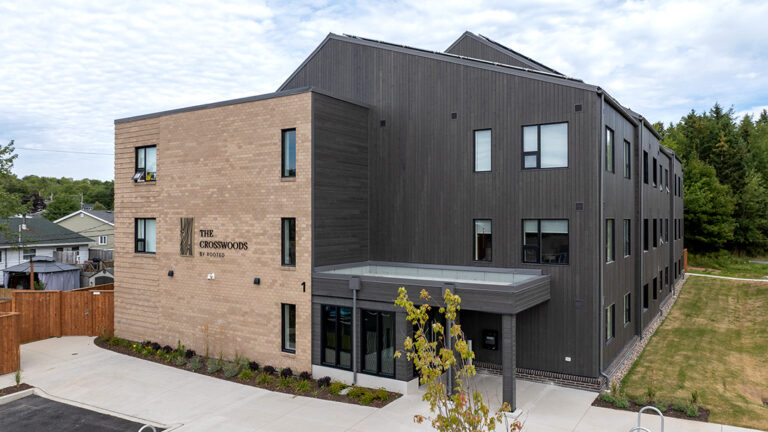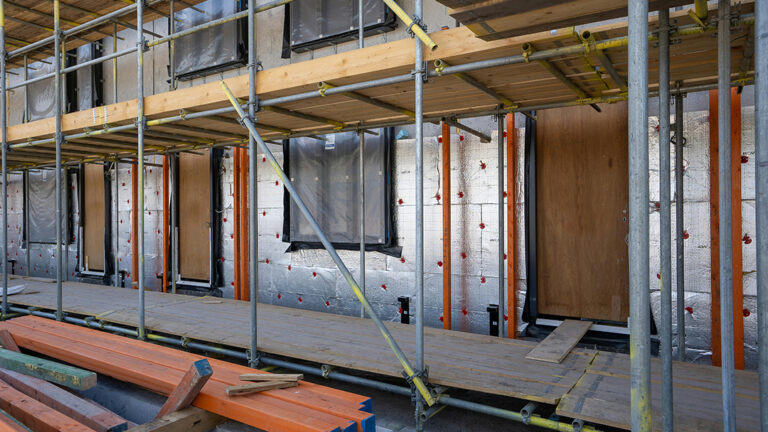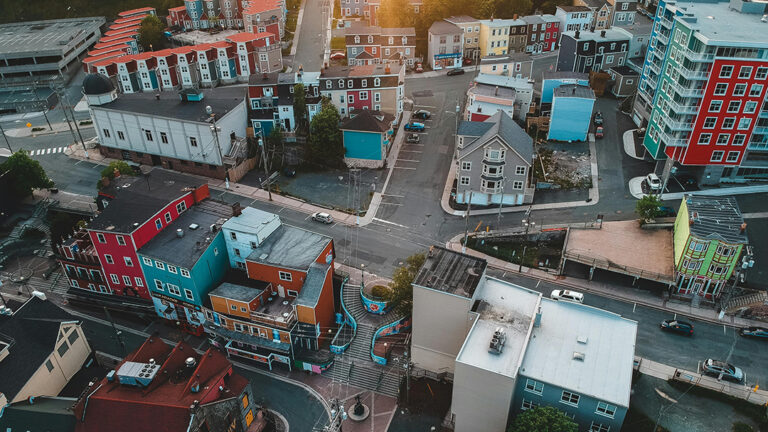Women and gender-diverse people often experience homelessness in a way that leaves them both undercounted and underrepresented in the search for solutions. And the leading cause, a new survey indicates, is relationship break-ups that push them and their children into housing precarity.
Homelessness is often thought of as the realm of men—out of the estimated 235,000 Canadians experiencing homelessness each year, some sources state over 70% are men—but Kaitlin Schwan, senior researcher at the Canadian Observatory on Homelessness, says the number of women and gender-diverse people experiencing homelessness in Canada is dramatically underestimated.
“What we know from research in the past is that women are much more likely to rely on relational supports in order to avoid actually sleeping rough, in part, because of the level of violence they are subjected to on the streets” and in co-ed shelters.
They will instead stay with friends and family, remain in unsafe and exploitative relationships or exchange sex for shelter. For others, seeking help might have unintended, devastating consequences.
“Women are much more likely to be the caregivers of children,” Schwan notes, with 90% of families in emergency shelters headed by single women.
“And there is a very real fear for many who are in core housing need and in abusive situations or experiencing homelessness, that if they do enter a shelter, or if they’re seen visibly on the street with their children, they’ll be separated from them.”
The need to remain unseen not only places them at risk of exploitation and abuse, but also stops them from accessing mainstream supports and systems.
As a result, homeless counts of the general population using snapshot methodologies, such as Point in Time (PiT) counts—which focus on measuring absolute or street homelessness and homeless shelter usage—do not accurately capture the true, often hidden, face of homelessness.
The absence of accurate data means that women have been underrepresented in research on homelessness, leaving governments and agencies to develop policies, programming and allocate resources in the dark.
Until recently, that is.
In late 2020 and early 2021, the Women’s National Housing and Homelessness Network conducted a pan-Canadian survey with 500 women and gender-diverse people experiencing homelessness or housing need. Published this fall, the survey is part of a three-phase research project.
“Part one was a [literature review], part two was this national survey, and the third phase is an Indigenous-led, Indigenous-focused analysis of housing need and homelessness among Indigenous women, girls and gender-diverse folks,” explains Schwan.
Seeking to provide greater insight, it is the largest ever national survey conducted on women’s homelessness. For Schwan, “it’s an important part of understanding where we need to head in terms of policy solutions in resolving the homelessness and housing crisis across Canada.”
The study also offers concrete recommendations at the federal, provincial and municipal levels, meant to bridge the knowledge gap and achieve equality for women and gender-diverse people in Canada.
Homelessness is a gendered experience
While addiction and substance abuse are generally reported as the most common reason people lose their housing, 47% of women in the pan-Canadian survey reported a breakup as the catalyst for a life on the streets. A surprising find says Schwan.
“We asked [women], ‘tell us how you lost your most recent housing,’ and we gave many options. The top reason across age groups, across demographics, was that women lost their housing because they went through a breakup.”
This catalyst outpaced all affordability issues, experiences of violence, or loss of income or subsidies.
“I think this is a really important finding with respect to understanding homelessness as a very gendered experience. This is a group of people whose security of tenure really depends on whether they remain in a relationship, more often with a man,” adds Schwan.
Mary-Elizabeth Vaccaro, a PhD student, and researcher involved in the project, was baffled that 79% of participants reported living with some sort of disability.
“I think we often operate in silos in the ways we deliver services,” says Vaccaro. “This finding has important implications for the ways we think about designing emergency shelters, the ways we think about ending homelessness for women, girls and gender-diverse people. Knowing that 79% of people are living with a disability really shapes the ways we should think about long-term housing, permanent housing and supportive housing.”
Out of the participants who reported some form of disability, almost half (46.4%) have a mental health disability, nearly a quarter (22.4%) disclosed some form of cognitive, intellectual or memory-related disability, while 60% reported a physical disability. Participants reported having three disabilities om average while some, remarkably, reported as many as 11.
Not surprisingly, perhaps, women and gender-diverse people with disabilities experience more difficulty finding accessible, affordable housing and face a heightened risk of eviction.
In addition to limited housing options and overwhelmed emergency shelters, women also report major barriers to accessing emergency shelters.
“[Canadian providers] turn away about a thousand women and children a day who arrive at the door of a women’s shelter or a violence-against-women’s shelter. There is no space for them,” admits Schwan. Almost a third (32.6 per cent) of survey participants reported being unable to access a bed when they needed one.
And so, many will return to abusive situations. More pervasive, a mother’s struggle with housing, poverty and violence can predict the pathways through life for her children. According to Schwan, “it can contribute to intergenerational forms of homelessness and trauma.”
Most troubling is the emerging evidence of intergenerational housing precarity: homelessness begins early in life for most women and gender-diverse people. More than half (55.7%) said they experienced homelessness for the first time as a young person, with 1-in-5 being unhoused before the age of 16. Within that group, the first experience of homelessness began, on average, at age 11. That’s usually a consequence of violence in the home, housing need or poverty, according to Schwan.
Research shows that child welfare involvement is associated with an increased risk of homelessness.
“There’s this amazing study done in the Yukon, there’s a quote that really stood out to me, where a woman said ‘the social worker that came to [take] my child because I was experiencing poverty was the same social worker that apprehended me from my parents when I was a child,’ and so there’s this way in which public systems like child welfare participate in intergenerational disconnection in terms of family, intergenerational poverty, and then also intergenerational homelessness over time.”
A silver lining
The study paints a clear picture of women’s experiences and provides a springboard for better policy development that supports women, girls and gender-diverse people—and some see hope on the horizon.
“During the pandemic, we saw substantial funds being funnelled into communities to [develop] creative and bold solutions to housing and homelessness,” says Vaccaro.
Policy solutions that might once have seemed wild were reinvigorated during the pandemic.
“And we saw this in larger cities, with housing and homelessness services actually taking over leases of hotels and sheltering [unhoused people] and putting services onsite. [This] should pave the way forward in Canada.”



